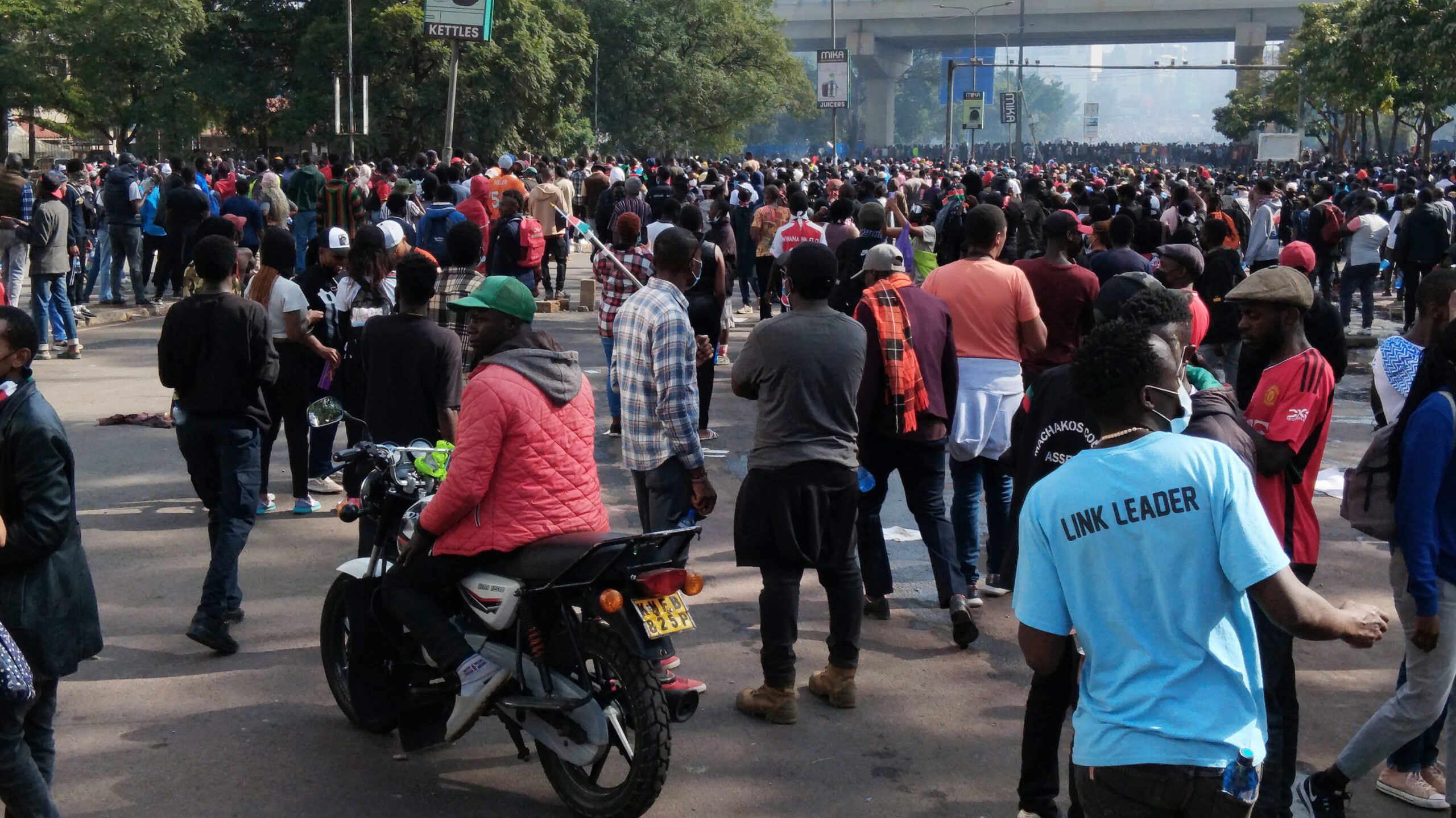6 common signs that show your family dog has anxiety
Strange as it may sound, dogs like humans, also suffer anxiety. Numerous situations that can trigger stress in your family’s dog and it’s important to familiarise yourself with signs of anxiety in your beloved pet especially if you have not had one before. Here are six common signs of stress and anxiety in dogs:
Growling
This is a recognizable way to know if your dog is stressed. It can mean that somebody is in their space, something hurts, or they feel threatened. Growling is more of a warning that the dog is uncomfortable, and is not necessarily meant to be aggressive.
People often try to stop their dogs from growling. However, if a dog gets in trouble for howling, then they are likely to not give warnings next time and just jump in for a bite- which is worse. Do not punish your dog for howling. Instead, try to figure out what is making them agitated.
Barking or whining
Barking or whining in a dog is an involuntary response and a hint for the owners that something in the environment is causing stress to the dog. Be aware of the context, however, as dogs can bark and whine for numerous reasons.
Pacing
When puppies are pacing back and forth continually, it is a sign that they are unable to settle down because of something that is making them anxious. If this happens in a short period or during meals, it might not be that big of a deal. Nevertheless, noticing when your puppy behaves in such a manner can help you know what triggers their anxiety. When it comes to older dogs, pacing can be a sign of onset dementia. So, if you notice pacing in your senior dog, let the veterinarian know immediately.
Body language
There are various behaviours or stress signs to look out for to know whether your dog is anxious or not. These signs include tucked ears, panting, raised hackles, whale eyes, or when the dog exposes the white part of its eyes, licking its lips, tucked tail, and yawning, among others.
Additionally, your dog might look away or avoid making eye contact. Most times, this is evident in a dog that seems ‘guilty,’ but the dog is, in the real sense, reacting to your body language and voice, and thinks that something somewhere is wrong.
Some dogs, when excited or overstimulated, can raise their hackles, and thus, you should not rely solely on body language to pinpoint whether your dog is anxious.
Image courtesy: 2 hounds design
Destructive behaviour
This behaviour is prevalent in separation anxiety in dogs. The destruction is mostly located around exit and entry points such as windows and doorways. Dogs that are in circumstances of heightened anxiety are also in danger of hurting themselves. Efforts to break out of their crates, doors and even windows can lead to painful injuries and expensive visits to the veterinary.
Defecating and urinating in the house
This is a common sign of separation anxiety in canines. Anxious dogs mostly work themselves up to a point that they poop or pee in your home, even if they have been house trained. This can be frustrating to dog owners and damage the property in the house, not to mention the unpleasantness of cleaning up after.
Image courtesy: AnimalWised
Bottom line…
Anxiety in animals can be managed as long as you know the triggers and have a few tips for calming them down. Unfortunately, if unmanaged, anxiety in dogs can cause them to become wild posing danger to you and your family.




